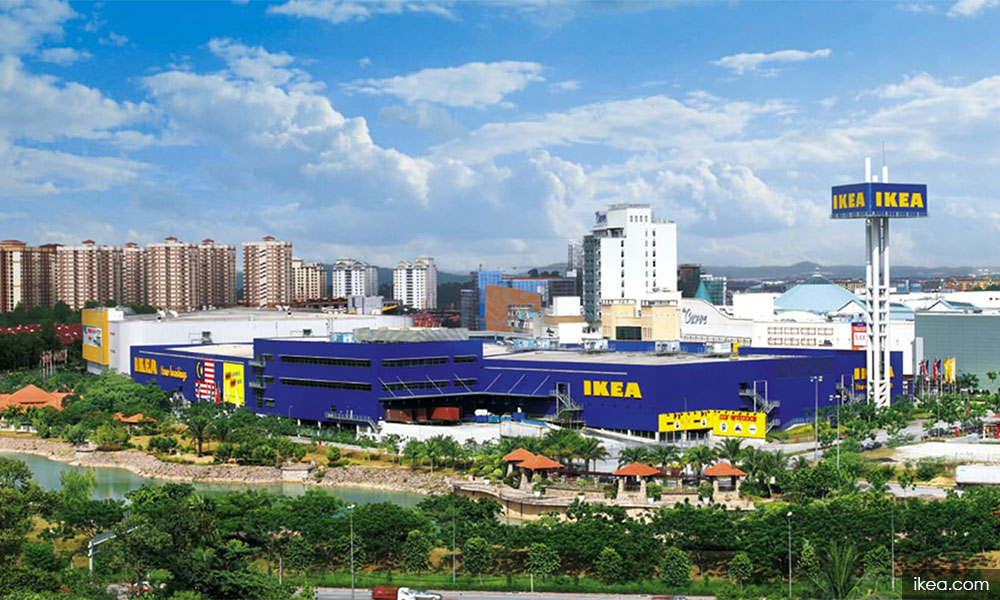If you declutter your home, what are the things that you simply cannot part with? It is not always about the monetary value, sometimes you are emotionally attached to an item because it can evoke feelings of longing for the past.
I must confess that I am a mix of hoarder and minimalist. I can hold on to things that are broken or no longer in use due to sentiment while giving away some home appliances that are in perfect working condition to someone else who could benefit from them, even if they are expensive.
I believe that these appliances will be put to good use as some people prefer to pay a fraction of the price for a pre-loved working device rather than buying a new one, what’s more if it is available for free.
Do not get me wrong, I am not splurging on big-ticket items. I feel the need to upgrade home appliances from time to time for greater energy efficiency. In fact, I consume less energy now and save more on utility bills.
But not everyone can afford new appliances, especially for bigger families. If the appliances are changed for reasons which do not affect the performance, they can last a long time with minor repairs or replacement.
The bottom line is to consider buying a new one if the repair exceeds 50 percent of the appliance’s worth. Otherwise, you can support the circular economy by prolonging the lifespan of products through reusing and recycling.
How circular economy works
In a circular economy, the United Nations Environmental Assembly (Unea) described that products and materials are designed in such a way that they are reusable via processes like repair, refurbishment, remanufacture, recycling and repurposing.
Such a sustainable economic model keeps products and materials in use as long as possible, while decoupling growth from the consumption of finite resources and generation of waste.
Whether you are choosing ugly and imperfect fruits and vegetables at the grocery store, or bringing reusable cups to coffee chains, individuals and businesses alike can go circular in everyday life.
Leading businesses with circularity in mind
A. Circular fashion
Apparel brands like H&M, Uniqlo, Monki, and Refash collect unwanted clothes or textiles from consumers at their stores and reward them with vouchers, discounts or points to use for next purchase.

These collected garments will then be donated to people in need, including refugees and the homeless. Some will also go to salvage dealers who repurpose them into new items.
At the same time, some of these apparel brands are also dedicated to using sustainable materials like organic cotton and recycled polyester in their garments, which will reduce the environmental impacts while fostering a circular economy.
B. Circular packaging
To move more people away from single-use plastics, some companies have come up with compostable packaging. For instance, Circlepac uses plant-based materials like bamboo, sugarcane and birchwood to produce cutleries and food containers.
Food packaging supplier Foodspack from Goodwill Everest promotes the recycling of single-use disposable polypropylene containers and transforms them into non-food grade material for general plastic products, thus reducing landfill waste.
C. Circular design
Home-retail conglomerate Ikea designs and develops products for reuse, remanufacturing, refurbishment and recycling. For instance, standardised fittings reduce the number of spare parts needed, thereby minimising the amount of waste.
Ikea also utilises materials that are recyclable and can be easily separated, eliminating the risk of breakage when moving them around. During the process of remanufacturing, reusable parts will be easily disassembled without loss of functionality.

Moreover, the newly launched circular shop in Ikea Cheras sells used furniture that is repurposed and repaired at a discounted price.
D. Circular product as a service
Rental, pay-per-use and subscription are some of the approaches that emphasise access over ownership. Customers pay for a service instead of a product. It is gaining traction across industries like electronics, etc.
For instance, LG Malaysia offers a household appliance renting service on a monthly subscription plan. You can rent anything such as a water purifier, smart TV, refrigerators and more for a period of five to seven years.
Meanwhile, Gintell Rest N Go offers pay-per-use vending massage chairs at shopping malls, R&R stations, airports, etc for on-the-go stress relief.
Ultimately, the end goal of the circular economy is to achieve a minimalist lifestyle. Focus on what you need and live with less by owning fewer possessions. You will feel both satisfied and happy. - Mkini
CHONG YEN MEE is a climate change analyst by training and enjoys writing doomsday stories that make people act.
The views expressed here are those of the author/contributor and do not necessarily represent the views of MMKtT.



No comments:
Post a Comment
Note: Only a member of this blog may post a comment.